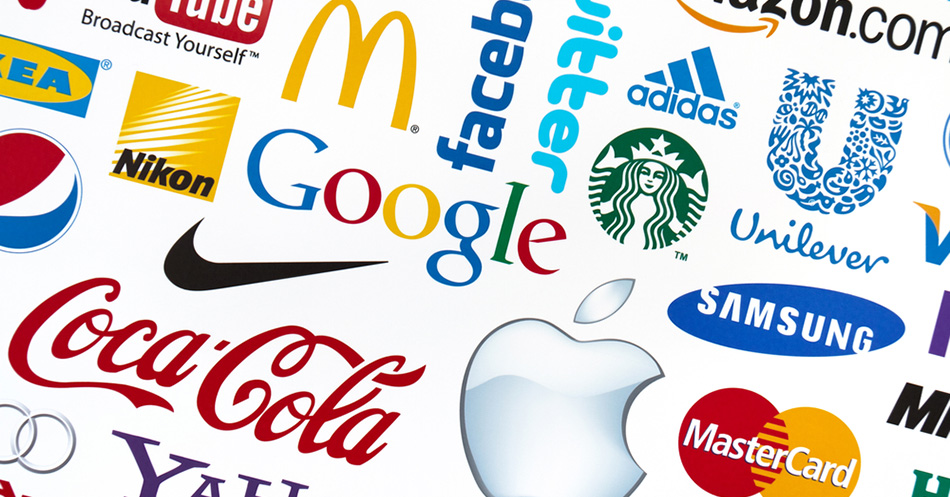What’s The Difference Between Brand vs. Branding?

Too often, people use the terms “brand” and “branding” interchangeably, but that doesn’t infer the proper meaning. One term is an image, while the other is an action. It may be clearer to compare it to the popular term “adulting.” While an adult is much more than just a person of legal age, the similar but very different term “adulting” describes the process of doing the often-mundane things expected of responsible adults, like working, paying bills, or maintaining a home or vehicle.
While related and overlapping, brand and branding have their distinct meanings. Your brand or brand identity results from a strategy called branding that is the result of research, experience, testing, and implementing best practices. Understanding the difference is key to creating more savvy marketing. Let’s look deeper into the contrasts and why each is critical in developing your brand.
Branding Is the Development Process
Branding refers to the process of developing your brand. Every product is more than a name or an item in a category, and your business is more than a conduit for that product. Branding entails extensive research and development to identify the distinctive features or characteristics you want to be associated with your company name and allows consumers to recognize your brand and its products or services easily.
Branding creates the experience consumers expect from their purchase. It follows the process of researching customers and determining goals, then designing your materials to achieve them. Successful branding sets up your brand, so consumers choose your product over others simply because they recognize and trust your brand. Consider how many people pay more for Nike activewear and shoes than other less recognized brands.
Branding occurs infrequently at fixed intervals. First, it occurs early in a company’s lifespan and at intervals throughout subsequent years to revitalize a brand or adapt to changing trends. Though separate, advertising is the tool that allows for strategic branding. Think of how many times you’ve first learned about a brand and became intrigued after hearing about it through an ad on the radio.
Brand Is an Emotional Connection
Your brand is the intangible emotional connection that potential and existing customers have with your brand. It’s how people feel when they encounter your brand that lacks physical presence but is solidly identifiable as you. And this feeling is a result of countless hours of careful research and strategic brand marketing.
Branding connects your brand with the desired perception audiences feel towards you. It helps create trust and win over loyal customers, swaying them from alternatives. Building a brand is about responding and listening to customers to maintain a positive perception. What that perception is depends upon your target customer and what connects with them in a meaningful, emotional way.
For instance, what do you think about when you see Coca-Cola? Likely, you remember summertime adventures, cookouts, sports, or hanging out with friends. Essentially, you feel happy when you remember where you were when you were drinking a Coke. That’s no accident; that’s branding.
Brand Identity Is Your Visual Representation
Brand identity is the tangible, visual representation of your brand. It is the design choices that make your brand instantly recognizable. Brand identity is the culmination of typography, packaging, and web design but also includes logos, slogans, and radio jingles that reinforce the story your brand embodies. Brand identity establishes a direct way for people to connect with your brand.
If you still aren’t clear on exactly what brand identity is, consider the logos of major brands. When you see a swoosh, you instantly know it is Nike without having to see the name. When you see an arc with an upward-pointing arrow that looks like a smile, you immediately know it’s Amazon, while you only need a glimpse of a red bullseye to realize it’s Target. That is the result of highly effective branding.
One of the most effective tools to reinforce brand identity is sponsors, such as radio influencers. Experienced, widely followed influencers understand how to weave brand identity into their live reads along with jingles on prerecorded ads, so you begin imagining the brand. They can reinforce the brand’s feeling by giving personal anecdotes about how they enjoy the product or how the service helped them. This type of ad resonates with the listeners since radio influencer endorsements reach audiences like a recommendation by a trusted friend.
Your Company’s Most Valuable Asset Is a Result of Branding
Your brand is, without a doubt, the most valuable asset your company can possess. It doesn’t matter how excellent, practical, or innovative your products or services are. If your brand has a negative image or connotation, consumers will make a different choice. Your brand has the power to make or break your company, and that’s why businesses invest months or even years in fully developing a strong brand, investing decades’ worth of resources in creating an indelible mark.
You want your brand to evoke emotion, inspire trust, and provoke action. There are many elements to branding, including logos, slogans, jingles, typography, and more. At a glance, it should communicate your unique selling proposition, while complementing components like jingles and radio ads reinforce that immediate recognition. Though brand and branding are closely associated, understanding their distinctions helps you plan more effectively.
Share This
Subscribe
Stay on top of industry news and trends.
